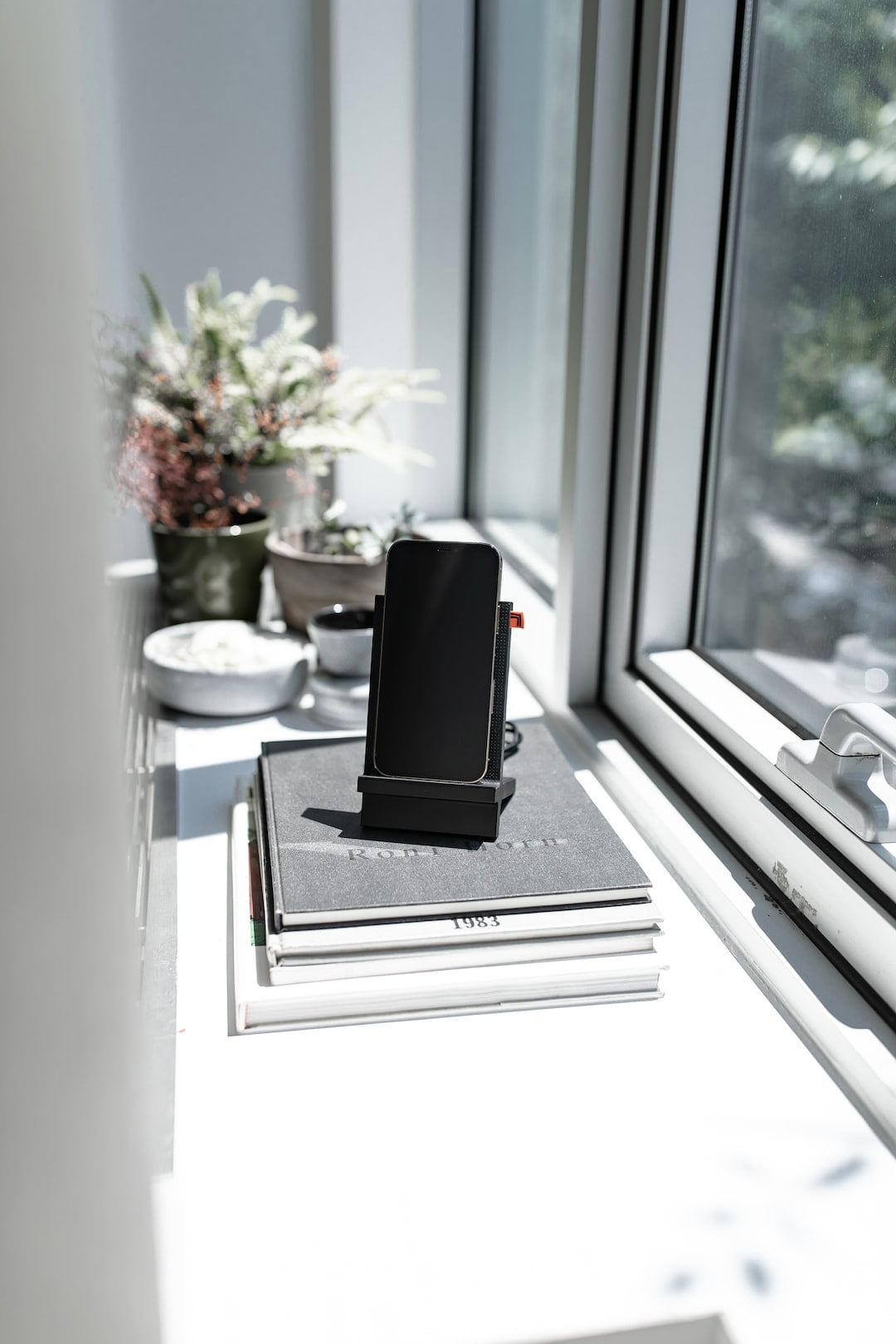User research is a critical part of product development. Without it, companies risk making products that no one wants or understands.
There are many different user research methods available, but some are often overlooked in favor of more popular techniques like interviews and surveys. However, there are a number of other methods that can be just as effective, if not more so.
One such method is ethnographic research, which involves observing users in their natural habitat to see how they interact with your product. This can be an invaluable way to get insights that you wouldn't be able to get through other methods.
Another useful method is context inquiry, which involves interviewing users about their specific needs and goals within the context of using your product. This helps you to understand the real-world problems that people are trying to solve with your product, rather than what they think they should be doing with it.
Finally, usability testing is an essential user research method that should not be overlooked. This involves having users attempt common tasks using your product to see how easy or difficult it is for them to complete these tasks successfully. Usability testing can help you identify areas where your product needs improvement before it goes to market.
User research methods are used to help develop products and services that meet the needs of the people who will use them. There are a variety of user research methods, but some are more commonly used than others.
One common user research method is surveys. Surveys can be used to collect data about people’s demographics, needs, wants, and opinions. They can be administered in person, by mail, or online.
Another common user research method is interviews. Interviews can be conducted one-on-one or in groups. They allow researchers to ask detailed questions and probe for deeper understanding.
Observation is another user research method that can provide valuable insights into how people use products and services. Researchers may observe people using a product or service in their natural environment or in a controlled setting such as a laboratory.
Focus group discussions also provide an opportunity to gather rich data from users through open-ended discussions led by a moderator. Focus group discussions usually involve 6-10 participants and last 1-2 hours .
Analysis of existing data, such as customer support logs, social media comments, and web analytics data can also yield insights about users’ needs and wants. However, this data is usually harder to interpret than data collected through active user research methods .

There are many different user research methods that can be used in order to gain insights about your target audience. However, some methods are more commonly used than others. This is often because they're easy to do or because they've been around for a long time.
One of the most popular user research methods is surveys. Surveys allows you to collect a lot of data quickly and easily from a large number of people. Another common method is interviews, which can be used to gather qualitative data about people's opinions and experiences.
Other less common methods include focus groups, usability testing, and diary studies. These methods can be more time-consuming and expensive than surveys or interviews, but they can provide deeper insights into how users think and behave.

User research is a field of study that assesses the behavior and needs of users in order to design products that are user-friendly. There are many different user research methods, but not all of them are created equal. Some methods are more common than others, but that doesn't necessarily mean they're the best. In fact, some of the most overlooked user research methods can produce the best results.
One example of an underrated user research method is ethnographic research. Ethnographic research involves observing users in their natural environment to learn about their behaviors and needs. This type of research can be time-consuming and expensive, but it provides valuable insights that other methods may miss.
Another underrated user research method is diary studies. Diary studies involve having users keep a log of their thoughts and activities over a period of time, typically several days or weeks. This type of study requires less investment than ethnographic research, but it can still provide rich data about how users interact with products over extended periods of time.
Finally, focus groups are often overlooked as a useful user research method, but they can be extremely helpful in generating qualitative data about users' opinions and experiences. Focus groups typically involve small groups of 6-10 people whoare asked to discuss a topic related to the product under development. Focus groups can be used to generate ideas and gather feedback about potential designs, making them an important tool in the user research arsenal.
When it comes to user research, there are a few methods that are often overlooked but can make a big difference in your product. One method is called "guerrilla usability testing", which involves conducting short, informal tests with users in public places like coffee shops or parks. Another method is called "diary studies", which involves having users keep a journal of their experiences using your product over a period of time.
Both of these methods can give you valuable insights into how real people use your product, and they're relatively quick and easy to do. So if you're not already incorporating them into your user research repertoire, definitely consider doing so!

There are many different user research methods available to UX designers, but one of the most popular and effective methods is ethnographic research. Ethnographic research involves studying users in their natural environment in order to understand their behaviors, habits, and beliefs. This type of research can be conducted through observation, interviews, and surveys.
Ethnographic research is an important tool for understanding how users interact with technology. By observing users in their natural environment, UX designers can get a better understanding of how people use technology in their everyday lives. This type of research can help designers make informed decisions about product design and development.
Longitudinal studies are a type of research method that involve observing the same group of participants over an extended period of time. This allows researchers to track changes in behaviour or attitudes over time, and to identify any patterns that may emerge. While longitudinal studies can be very expensive and time-consuming, they offer a unique insights into how people change over time.
User research methods are the techniques used to gather data about users in order to design better products. One common user research method is qualitative interviews, which involve interviewing users about their experiences and opinions.
Qualitative interviews are a powerful tool for gathering rich, detailed data about users’ thoughts, emotions, and behaviors. When done well, they can provide insights that would be difficult or impossible to obtain through other methods. However, qualitative interviews can be challenging to conduct effectively, and they require careful planning and analysis.
When conducting qualitative interviews, it is important to choose the right participants, ask the right questions, and create an environment that encourages open and honest communication. It is also important to carefully document and analyze the data afterwards in order to identify patterns and insights.
If you are considering using qualitative interviews as part of your user research efforts, there are a few things you should keep in mind: First,qualitative interviews are best used as complement to other research methods; Second,...

Secondary data analysis is the process of analyzing data that has already been collected and organized by someone else. This type of research is often used to gain insights into trends, relationships, and Cause and effect relationships.
There are many different methods for conducting secondary data analysis, but some common techniques include statistical analysis, text mining, and machine learning. Statistical analysis can be used to identify patterns in the data, while text mining can be used to find trends or relationships between variables. Machine learning algorithms can also be used to find hidden patterns in the data.
Secondary data analysis can be a very powerful tool for researchers, but it is important to remember that the data has already been collected and organized by someone else. This means that there may be errors or bias in the dataset that you are not aware of. It is always best to consult with a statistician or other experts before conducting any secondary data analysis.
User research is an essential part of designing and developing any kind of product or service. There are a number of different methods that can be used to collect user data and feedback, each with its own advantages and disadvantages.
One popular method is surveys, which can be used to gather large amounts of data from a wide variety of users relatively quickly and cheaply. However, surveys have the potential to produce biased results if users do not understand the questions or feel pressured to give certain answers. Another common user research method is interviews, which allow for more in-depth exploration of users' thoughts and feelings on a particular topic. However, interviews can be time-consuming and expensive, and it can be difficult to find representative interviewees.
Other useful user research methods include focus groups, observation, case studies, and usability testing. Each of these has its own strengths and weaknesses, but they all have the potential to produce insights that can make your product more user-friendly and successful.
User research is vital to the success of any product, yet it is often overlooked or given minimal attention. There are many different methods of user research, from simple surveys to more involved techniques like usability testing. No matter what your budget or timeline is, there is a user research method that can fit your needs.
If you're not already using user research methods, it's time to start. Your users will thank you for it. By taking the time to understand their needs and preferences, you can design better products that they will love using. So don't wait any longer, get started with user research today!

User research is essential to the success of any product. There are many different methods of user research, each with its own advantages and disadvantages. However, there are some overlooked methods that can be extremely useful in making your product stand out from the competition. These include:
- conducting user interviews in person or via video call
- observing users as they use your product
- collecting feedback through surveys
All of these methods have one thing in common: they allow you to gather direct feedback from users. This is invaluable information that can be used to improve your product and make it more successful. So, if you want to give your product the best chance of success, make sure to include these overlooked user research methods in your plans.